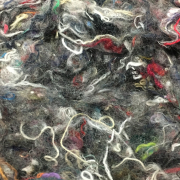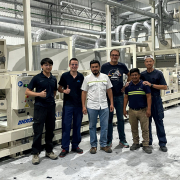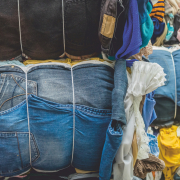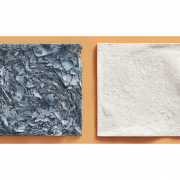Partnership to Manufacture Fiber from Polycotton Textile Waste
Circ, a USA-based mixed textile recycling company, and Acegreen Eco-Material Technology Co, subsidiary of Taiwan-based Acelon Chemicals & Fiber Corporation, have established a strategic partnership. The partners aim to manufacture filament lyocell for the fashion industry and collaborate on research and development projects.
As reported, the partnership builds upon the commercial success that Circ and Acegreen have achieved already, as demonstrated in a recent product release with Zara Woman. “As part of a shared, long-term commercial vision, Acegreen will continue manufacturing filament lyocell utilizing Circ’s reclaimed cotton derived from polycotton textile waste. The formal partnership comes after several years of R&D collaboration, which recently transitioned to commercial-scale production.”
Circ has developed a technology system and integrated industrial process that returns clothes to the raw materials from which they were made, the firm informed. The process would be capable of separating and recovering mixed polymer streams, “specifically any blend of polyester and cotton, which account for most fabrics manufactured, and hence, most of the clothing that hangs in our collective closets”. As underlined, Circ’s solution is projected to substantially reduce carbon emissions created by the fashion industry.
The fashion industry is responsible for harvesting 300 million trees annually to manufacture manmade cellulosic fibers (MMCF), including viscose and lyocell, for the textile industry, Circ referred to information from Canada-based non-profit organization Canopy. “Using Circ’s patented process and integrated manufacturing approach and other technologies currently using waste cotton feedstock, Canopy estimates that we can transition the entire MMCF market off tree pulp ‘using only 25 percent of the world’s wasted and discarded cotton and viscose fabrics, thereby saving forests, reducing municipal and industrial waste to landfills, and reducing carbon emissions, energy and water use’.”
circ.earth, acegreen.com.tw/en/
(Published in GLOBAL RECYCLING Magazine 3/2023, Page 24, Photo: FirminoGennarino / pixabay.com)









